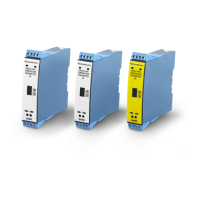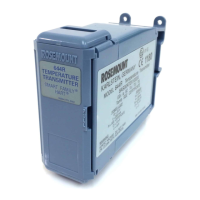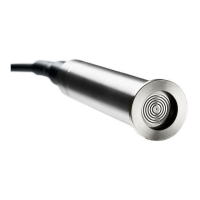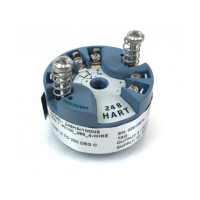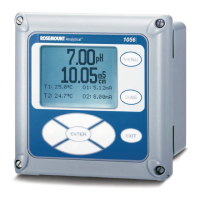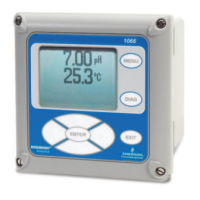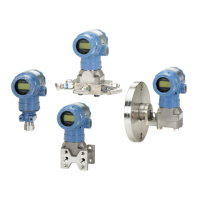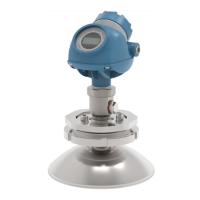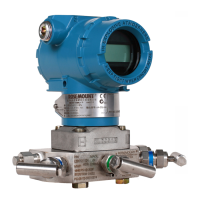84
Reference Manual
00809-0200-4728, Rev SA
Safety Instrumented Systems (SIS) Certification
July 2018
Safety Instrumented Systems (SIS) Certification
4. Use the HART communicator to view detailed device status to ensure no alarms or warnings are
present in the transmitter.
5. Perform reasonability check on the sensor value(s) versus an independent estimate (i.e. from direct
monitoring of BPCS value) to show current reading is good.
6. Restore the loop to full operation.
7. Remove the bypass from the safety PLC or otherwise restore to normal operation.
7.5.3 Comprehensive proof test 2
The comprehensive proof test 2 consists of performing the same steps as the partial proof test but with a
two-point calibration of the temperature sensor in place of the reasonability check. Reference the
FMEDA report for percent of possible DU failures in the device.
Required tools: Field Communicator, temperature calibration equipment
1. Bypass the safety PLC or take other appropriate action to avoid a false trip.
2. Perform partial proof test 1.
3. Verify the measurement for two temperature points for Sensor 1. Verify the measurement for two
temperature points for Sensor 2, if second sensor is present.
4. Perform reasonability check of the housing temperature.
5. Restore the loop to full operation.
6. Remove the bypass from the safety PLC or otherwise restore to normal operation.
7.5.4 Comprehensive proof test 3
The comprehensive proof test 3 includes a comprehensive proof test along with a simple sensor proof
test. Reference the FMEDA report for percent of possible DU failures in the device.
1. Bypass the safety PLC or take other appropriate action to avoid a false trip.
2. Perform simple proof test 1.
3. Connect calibrated sensor simulator in place of sensor 1.
4. Verify safety accuracy of two temperature points inputs to transmitter.
5. If sensor 2 is used, repeat Step 3 and Step 4.
6. Restore sensor connections to transmitter.
7. Perform reasonability check of transmitter housing temperature.
8. Perform reasonability check on the sensor(s) values versus an independent estimate (i.e. from direct
monitoring of BPCS value) to show current reading is acceptable.
9. Restore loop to full operation.
10. Remove the bypass from the safety PLC or otherwise restore to normal operation.
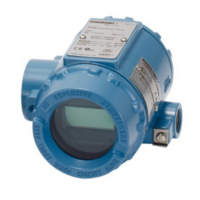
